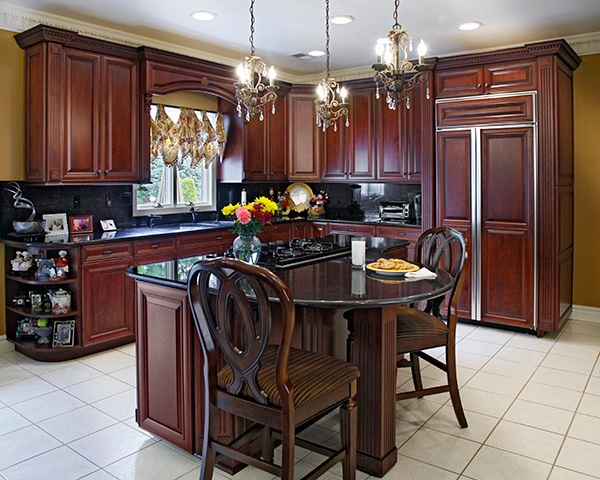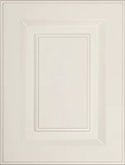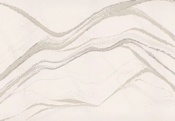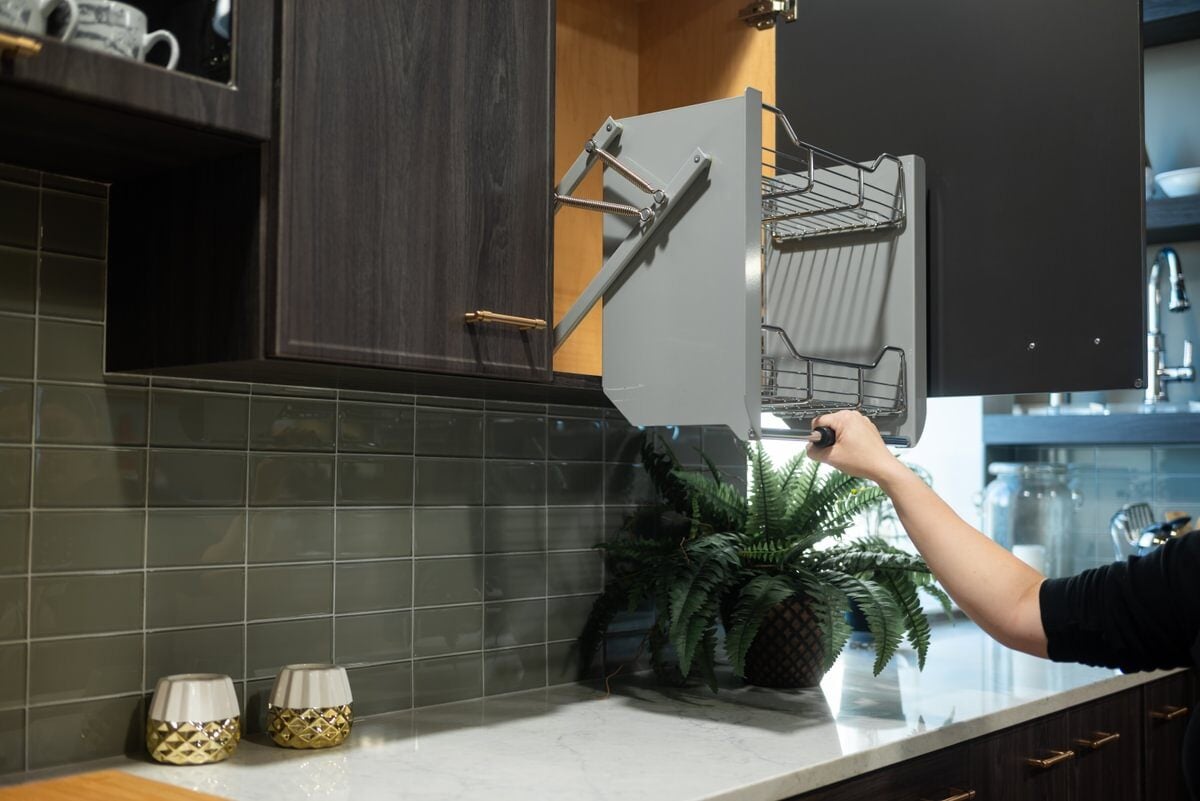Over the past few weeks, I’ve outlined how fluting panels and split posts are perfect kitchen cabinet accessories.
Another accessory to consider when renovating a kitchen is the decorative counter post. What is a decorative counter post?
A counter post is a furniture-style leg used to support a piece of counter that doesn't rest atop a cabinet.

Decorative counter posts often appear in breakfast and bar counter designs that extend counter surfaces out from the side of an island, bottom cabinet or wall.
Counter posts are available in the same wide variety of styles and colors as table legs. In fact, you might hear counter posts referred to as “counter legs."
Decorative counter post designs include rope leg and Greco-Roman fluted pillar leg styles, as well as rustic English country and country kitchen leg styles. As with a split post, a counter post can be straight-legged with or without decoration, or contain a central plain or decorative dowel embellished with spindle caps and end blocks.

When considering the use of one or more decorative counter posts for your kitchen, please keep the following in mind:
- A counter post should complement the rest of your kitchen theme and decor in color and style.
- When you’re cabinetmaker installs one or more counter posts along the bottom of a counter extension, he should include D-I-Y hardware that will make it easy for you to unscrew and replace posts as needed without professional assistance.
- Counter posts should have soft silicone feet to protect flooring from marks so that, if you decide to move an island or other cabinet, you won’t need to cover or replace part of the floor because of unsightly indentations.
- You can use unmodified counter posts on the faces and corners of your cabinets in place of split posts. With corners, you can integrate counter legs into a cabinet's frame for support and decoration or add legs to corner exteriors as decoration only.
- You’re not restricted to selecting wooden legs. Counter posts are also available in other materials including mixed materials. For example, one popular counter post design combines decorative metal or stone segments with wood.









